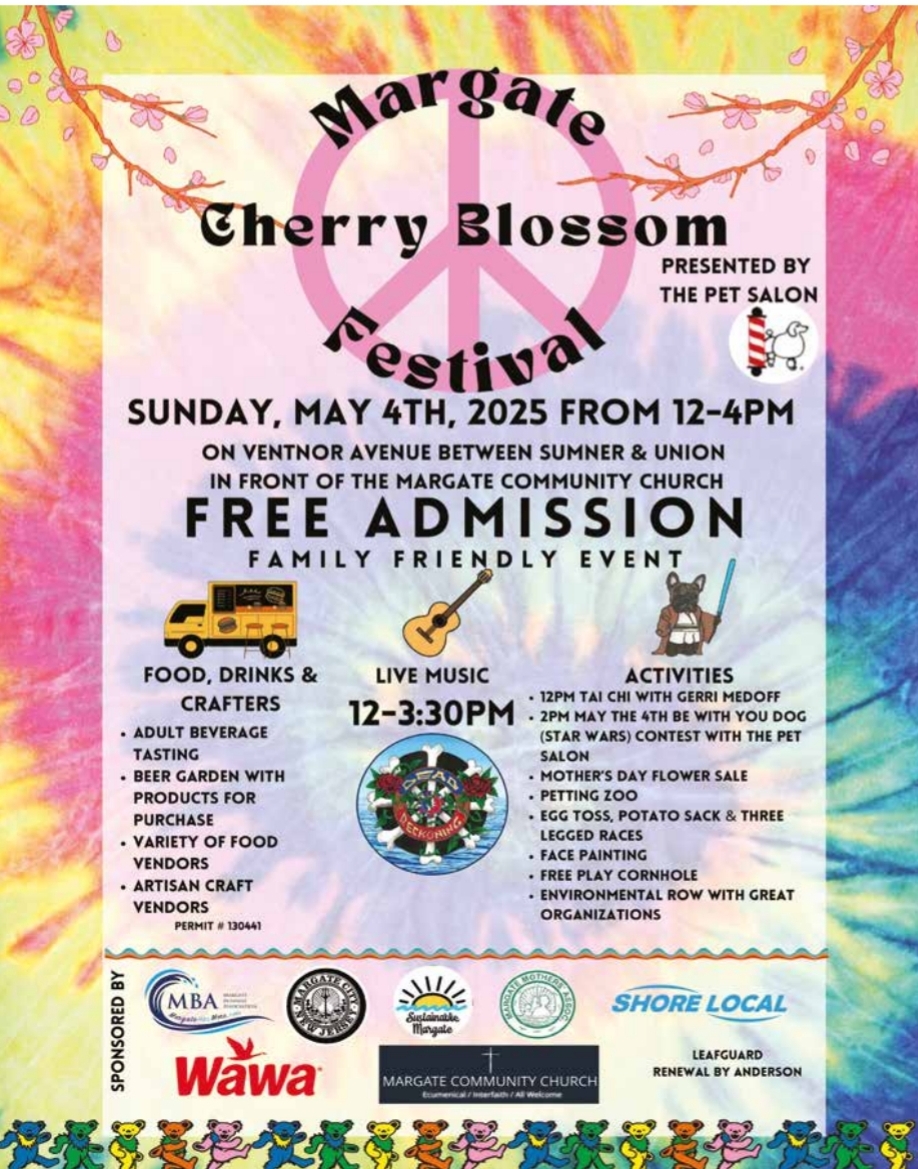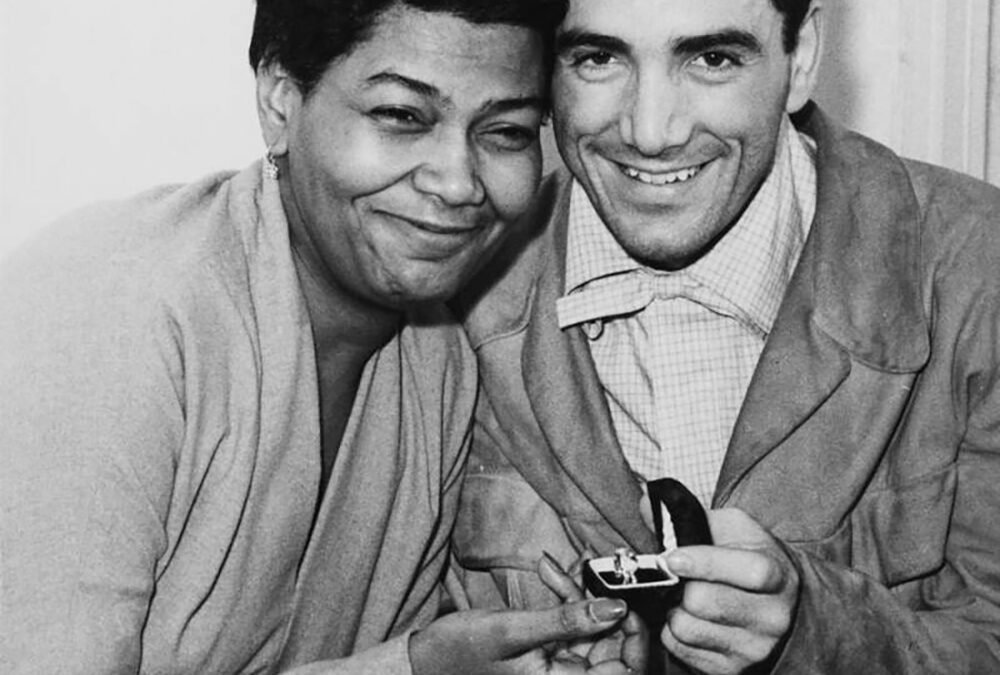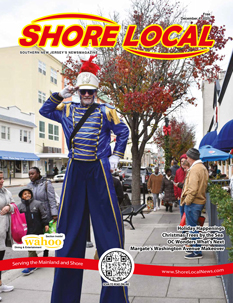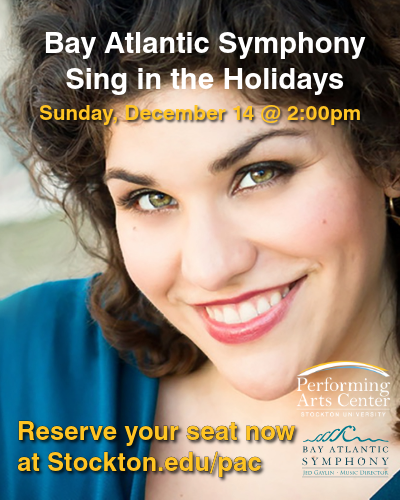By Bruce Klauber
It was an unlikely, unique, ahead of its time, and courageous love story, but it was a love story, nonetheless. Pearl Bailey was an internationally beloved entertainer. Louie Bellson was one of the finest drummers in the world of jazz. Pearl was Black. Louie was White. After a four-day courtship in London – after Duke Ellington trombonist Juan Tizol introduced the two, Pearl and Louie married on Nov. 19, 1952.
They were married for 38 years, until Bailey’s death at age 72 in August of 1990.
It wasn’t easy for either of them. Interracial marriages at that time were deemed illegal in many states, to say nothing of the court of public opinion. Because they were both international celebrities, they received hate mail and dozens of death threats through the years. Even Bellson’s father, at the outset, was strongly against the wedding. He wasn’t “in the mood to have a colored granddaughter,” was just one of the things he said at the time. The mothers of the bride and groom, however, were all for it.
Bailey was 34 and Bellson was 28 at the time of their marriage, which took place in London’s historic Caxton Hall. Actor Jose Ferrer was supposed to be the best man, but traffic and bad weather made that impossible.
The reception was held at the upscale Polish Club in Mayfair. Among the 50 guests was Bailey’s dear friend, entertainer Cab Calloway, then in the British cast of “Porgy and Bess.”
Just who were Pearl and Louie?
Pearl Bailey, nearly forgotten today, was a superstar in her time. She started out as a singer and a dancer in her adopted hometown of Philadelphia, and appeared frequently in amateur shows in the region. After winning a talent contest at the Apollo Theater in New York City, she stayed in the Big Apple and decided to pursue a career in entertainment.
Her rise was fast. She worked frequently with bands led by Calloway and Ellington, and often appeared in Atlantic City at Club Harlem and the Million Dollar Pier.
She hit the national spotlight by way of her Broadway debut in 1946 in a show called “St. Louis Woman.” From there, she became successful as a recording artist, author, nightclub performer, and star of stage – notably in the all-Black version of “Hello Dolly,” on the big screen and television.
She became increasingly active in Republican politics through the years, and was appointed to the honorary position, “Ambassador of Love,” by President Richard Nixon in 1970. In 1988, she received the Presidential Medal of Freedom.
Joan Myers Brown, acclaimed founder of Philadelphia’s modern dance company, Philadanco, worked with Bailey and got to know her well. Myers knew that the pressures of celebrity and being a single, successful, Black woman would get to Bailey from time to time.
“I worked in Pearl’s show as a dancer for two years in the late 1950s,” Brown told me. “I met her when I was dancing at the Club Harlem in Atlantic City. She was working on the White side of town and I was working on the Black side of town. After her show, she came to see our show.
She fluctuated. Sometimes she was an SOB and sometimes she was a sweetheart. It was according to how she felt that day. She fired me one day for cursing, believe it or not. The next day, she had the company manager in Philadelphia call me to come back.”
No matter. Louie Bellson had the patience of a saint and he knew, better than most, that it was impossible for anyone who was in the public eye as much as Pearl Bailey was to be sweetness and light 24 hours a day. Upon her passing, Louie was devastated, and could only say publicly, “I lost my best friend.”
He told his long-time friend and colleague, Dave Black, “Dave, this is a rough one.”
Louie Bellson, born Luigi Paolino Alfredo Francesco Antonio Balassoni, was one of those rare people in the entertainment industry who was universally loved. Everyone loved Louie and Louie loved everyone.
This is a man who was almost born to be a drummer, as it’s been said he started playing at the age of 3. He won a drum contest sponsored by Gene Krupa when he was 17, beating out 17,000 other contestants. He was soon on his way.
Through the years, he appeared often at the Steel Pier during his tenures with the big bands of Benny Goodman, Tommy Dorsey and Harry James. But it was with Duke Ellington that he made history, becoming the first White member of the Ellington band in 1951.
He also made his mark on the drumming world as an innovator, in that he pioneered the use of using two bass drums as a part of the drum set, a setup used by many of today’s rock drummers.
Bellson was also a superb arranger, composer, and educator, and was among the first to introduce the concept of the educational “drum clinic.” He loved teaching and loved passing along what he learned from the great drummers in history.
When Pearl and Louie married, he became her musical director, and he served in that capacity on an as-needed basis until her passing.
Pearl and Louis performed in tandem in Atlantic City from time to time, notably at the Showboat in 1988, where they shared the bill with Jerry Lewis.
Their 38 years together were busy and happy, and history shows that Louie and Pearl defied all the odds. Years after his wife’s passing, Bellson talked about his late wife to Anthony Brown, an interviewer for the Smithsonian Institution’s Jazz Oral History Department.
“Pearl was an extraordinary person, in that everybody loved her,” he told Brown. “I don’t care who it was. If they saw her on television, they felt like holding hands with her to say, ‘We love you.’ They didn’t think about her being Black. They just thought of a person that they loved.”
Happy as they were with their marriage, Bailey and Bellson didn’t take long to expand their family. They adopted a boy, Tony, a few years later, and a daughter, Dee-Dee, born in 1960.
Bruce Klauber is the author of four books, an award-winning music journalist, concert and record producer and publicist, producer of the Warner Brothers and Hudson Music “Jazz Legends” film series, and performs both as a drummer and vocalist.

















